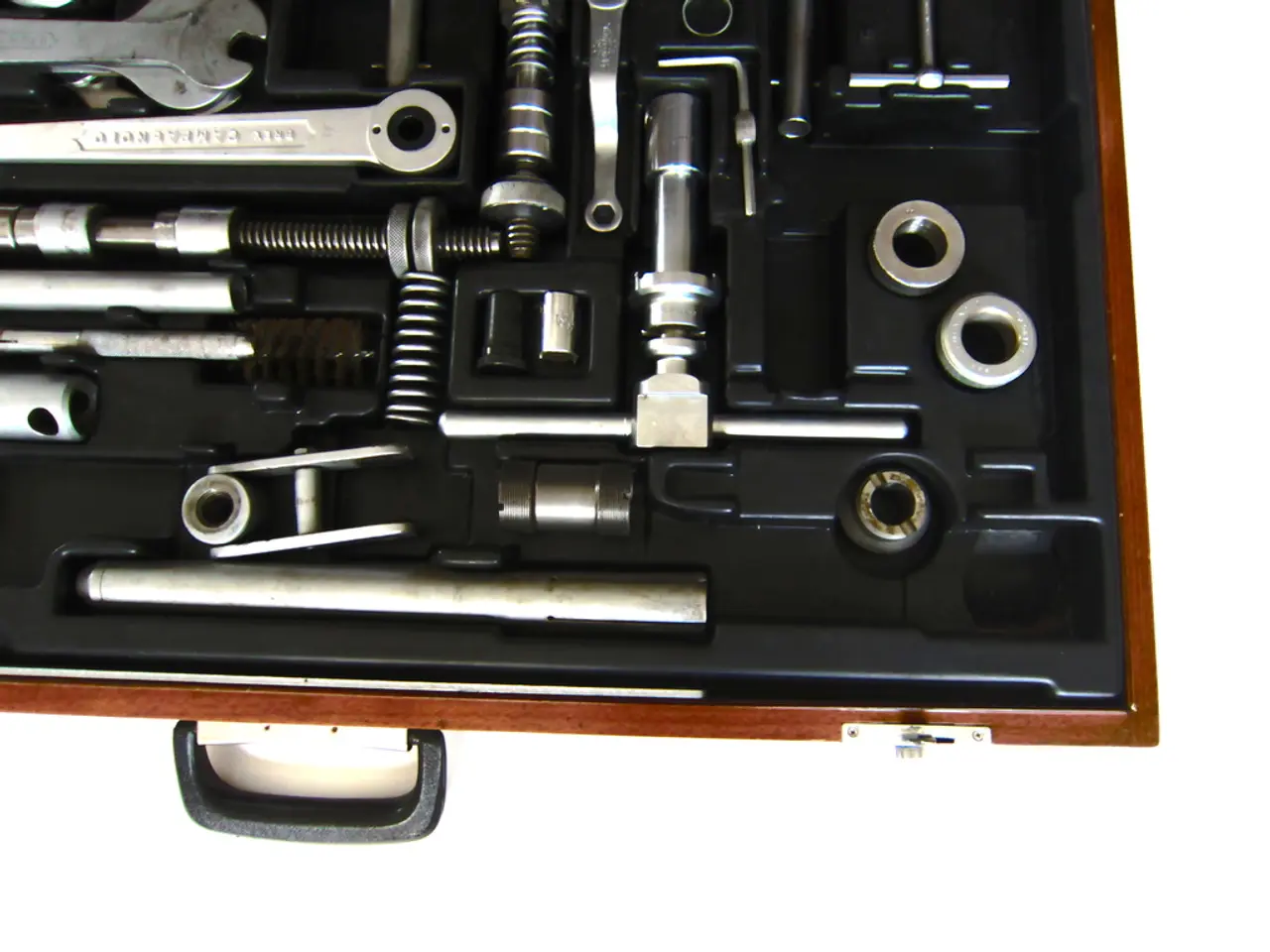Streamlining Employee Retention through Process Automation
Streamlining HR Workflows Boosts Employee Retention
In today's fast-paced business environment, workflow automation has become a game-changer for Human Resources (HR) departments. By automating routine and administrative tasks, HR teams can focus on strategic activities that contribute to employee retention, engagement, and overall job satisfaction.
Yan Courtois, CEO of Flexspring, a company specializing in HR data integration, emphasizes the importance of seamless integrations that turn workflow hurdles into opportunities for growth. One such example is ERP (Enterprise Resource Planning) integration in payroll systems, which eliminates duplicate data input and reduces costly errors.
A major mortgage company's finance team experienced this firsthand, saving a day's worth of time every week with ERP integration. Similarly, automation tools like ATS (Applicant Tracking System) integration streamline hiring and onboarding workflows without complicating them.
Streamlining the process to complete Form I-9 and handle E-Verify requirements can be a major source of efficiency, helping HR teams minimize compliance risks while providing a seamless onboarding experience for new hires.
Automation tools also offer customization options, allowing for data grouping by department, location, or any other criteria. This level of customization enables HR teams to gain a deeper understanding of their workforce and tailor strategies to retain talent.
The benefits of workflow automation extend beyond operational efficiency. Ninety percent of employees surveyed said they feel more satisfied with their jobs since using automation technology. Automating manual tasks is critical to employee retention strategies, as nearly 80% of full-time employees surveyed said it gives them more time to deepen customer relationships, take on challenging new projects, and learn new skills.
Onboarding automation handles everything from benefits calculations to employee data updates, providing a smooth transition for new hires and reducing the administrative burden on HR teams. Automated workflows for leave approvals speed up responses and minimize backlogs, improving communication and trust between employees and management.
Data-driven insights generated by automation provide HR teams with valuable information on employee engagement, performance, and satisfaction, allowing them to address issues proactively and tailor strategies to retain talent. Tools supporting continuous feedback, goal tracking, and agile conversations foster employee growth and recognition, contributing to higher motivation and retention.
By reducing manual effort and errors, automation cuts operational costs and allows HR to scale services without a proportional increase in staff, ensuring better support as the organization grows. Automating tedious tasks improves HR staff morale and retention, enabling them to provide better employee support, which indirectly benefits employees.
In conclusion, workflow automation equips HR departments to create a more engaging, responsive, and supportive workplace, which directly lowers turnover rates and improves retention through efficiency, better employee experiences, and strategic insights. This transformation is not limited to general HR processes but extends to industry-specific solutions like Briostack CRM for pest management companies, simplifying unique tasks such as route optimization, service scheduling, and compliance tracking. Similarly, payroll to journal entry integration packages every payroll run into a single, structured journal entry per subsidiary, including earnings, deductions, taxes, and other critical details, providing a more streamlined and efficient financial management system.
- Technology in the form of workflow automation tools, such as ERP integration and ATS, helps HR departments reduce operational costs by minimizing errors and streamlining tasks.
- Customization options available in automation tools enable HR teams to gain insights into their workforce and tailor strategies to retain talent, enhancing culture and employee satisfaction.
- Focused on education and self-development, Briostack CRM for pest management companies offers industry-specific solutions to simplify unique tasks like route optimization, service scheduling, and compliance tracking.
- Automating mundane tasks improves HR staff morale and retention, allowing them to provide better employee support, thus contributing to employee retention in the broader business context.
- By fostering employee growth and recognition through continuous feedback, goal tracking, and agile conversations, automated workflows contribute to higher motivation and retention within organizations.




